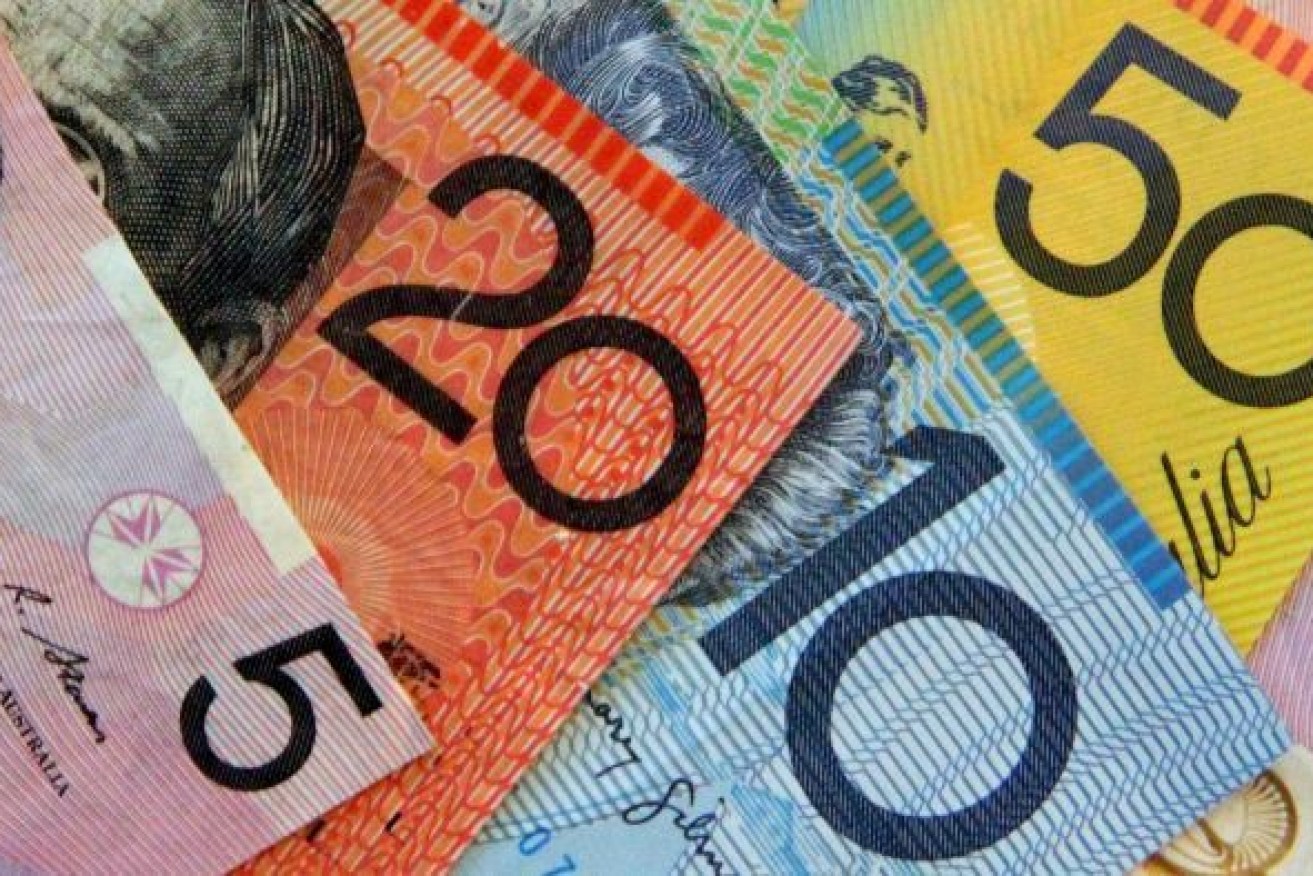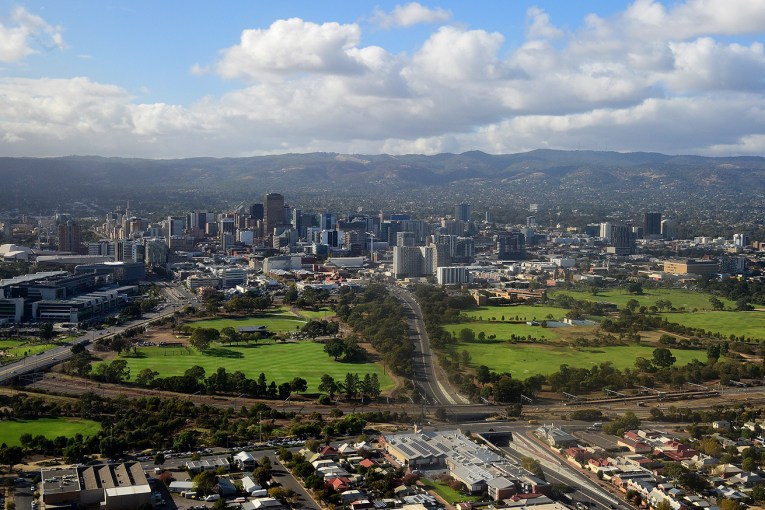Australian dollar slumps on iron ore slide, RBA comments

The Australian dollar has slumped to its lowest level in more than four years.
The Australian dollar shed more than 1 per cent overnight as the price of iron ore extended its slide and a Reserve Bank address also weighed on the currency.
At 8:22am (AEDT) the Australian dollar was worth 85.2 US cents.
It hit a low of 85.15 US cents overnight, which is the lowest level since July 2010.
A key spot iron ore price slumped from $US70.00 to $US68.60 a tonne, which is the lowest level since June 2009, the depths of the financial crisis.
The most traded futures contract, which is for May on the Dalian Commodity exchange, hit a record low of $US75.90 a tonne.
It means the small recovery off the back of China’s first interest cut in more than two years on Friday, has been short lived.
Few analysts are predicting a sustained recovery, with oversupply and falling home prices in China keeping a lid on demand.
Last night, RBA deputy governor Phillip Lowe moved to talk the dollar down.
As NAB put it in a note to clients, Dr Lowe adopted a “new line of attack” on the currency.
“Namely that high relative labour costs in Australia were partly a reflection of high costs in local overseas currency terms and therefore of the [Australian dollar] itself,” they wrote.
In the question and answer session following the prepared speech, he also made it clear that the cash rate could still go down.
“Lowe said that if we do need to lower interest rates we can, and that they would have some benefit,” added NAB’s economists.
Turning to Wall Street, it looked set to be another day of small gains with indexes hovering around record levels, until a very late sell-off drove markets slightly into the red.
The Dow Jones ended 2 points lower at 17,814.
The S&P 500 retreated 0.1 per cent to 2,067.
Gains were being capped by data which painted a mixed picture of the US economy.
Official figures revealed that the US economy grew much faster in the third quarter than first reported, at an annual rate of 3.9 per cent in the September quarter.
The fact that most of the revision was based on higher inventories but slower exports meant there was limited response to the strong headline number.
Elsewhere, US consumer confidence surprisingly fell to 88.7 in November, reversing the October jump to 94.1 and a key house price index, by Case Shiller, showed little movement in house prices.
Across the Atlantic, the Eurostoxx added 0.5 per cent and London’s FTSE 100 was flat.
In Australia, futures trade was pointing to a positive start to local trade; the SPI 200 was 0.1 per cent higher at 5,356.
Gold was slightly higher at $US1,201.00 an ounce.
West Texas crude was at $US73.99 a barrel and Singapore’s Tapis crude was also lower at $US79.86.








